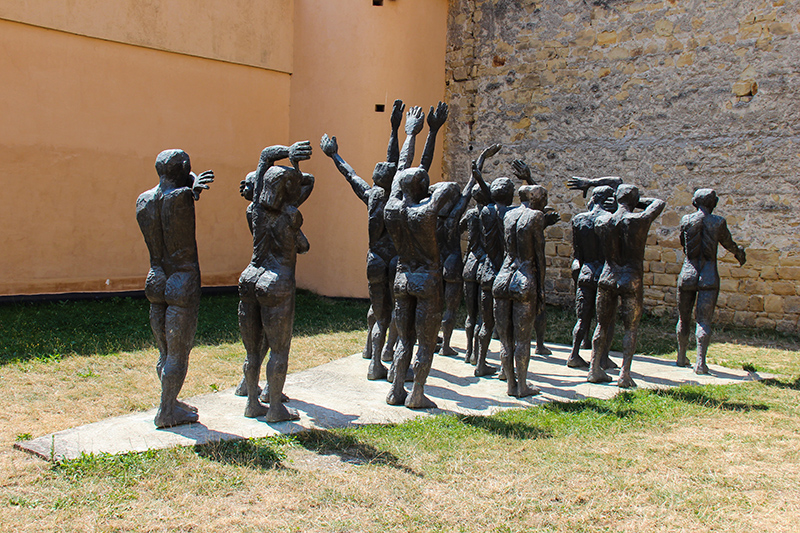The Memorial to the Victims of Communism
PlacesThe Memorial to the Victims of Communism is dedicated, as the name says, to the victims of communist terror. It is the place where the elites of the country were purged, as well as the place where the memory of totalitarianism is kept alive, as a form of protest.
The building was constructed as a barracks during the Austrian-Hungarian Monarchy and later became a border town next to the USSR. In the 1950s it began to house important prisoners, major figures of the inter-war Romanian political and cultural elite, many of whom died imprisoned.
Current estimates show that over two million Romanians have fallen victim to the communist regime, in numerous ways: some deported, others displaced, committed to psychiatric institutions based on false diagnosis, killed in camps and prisons, captured as prisoners during the war etc. The Memorial of the Victims of Communism and of Resistance has been set up on the premises of the Sighet prison, which operated between 1945 and 1955 as a detention and extermination center dealing with the opponents of communism and with the Romanian intellectual elite.

The Cortege of the Sacrificial Victims
Introduction to the Holocaust: The Memorial to the Victims of Communism
The museum opened in the early 1990s, first with one room, claimed to be a torture chamber and called the Black Room. Subsequently, other cells of former captives were reconstructed. Today the museum continues to preserve the original prison structure and atmosphere through its renovated iron stairs and walks and tiny exhibition spaces transformed directly from the previous small cells. The aim is to provide a comprehensive display of the history of Romanian communism in the context of the Cold War. In fact, it represents only the terrorist aspects of the regime such as forced collectivization, labor camps, political police, persecution and the tyranny of Ceauşescu. Other significant topics are the anti-communist resistance and revolutions throughout East Central Europe. Although the prison ceased to accept political convicts in 1955 and was closed in the 1970s, the museum claims to symbolize the entire communist regime, thus forcing the latter into an abstract, ahistorical period of violent clashes between oppression and resistance.
Visiting hours:
High season April 15th - October 15th
Monday – Sunday 9.30-18.30
Last visitors - 30 minutes before the closing
Low season October 16th - April 14th
Closed on Mondays
Tuesday - Sunday 9.30-16.30
Ticket Prices:
Students: 3 Lei
Adults: 6 Lei
Filming/Photography
Photography fee: 3 Lei
Video cameras shooting fee: 15 Lei